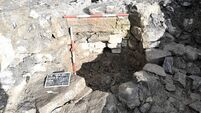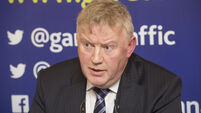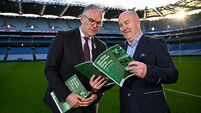Spending on capital projects takes a hit as austerity wins out over stimulus
A document was published setting out the “infrastructure investment priorities” for 2010 to 2016. But while there were cutbacks, it still envisaged spending some €39.4 billion on capital projects such as roads, railways, hospitals and schools over the period in question.
Of that, some €27.5bn was to be spent between 2012 and 2016.













